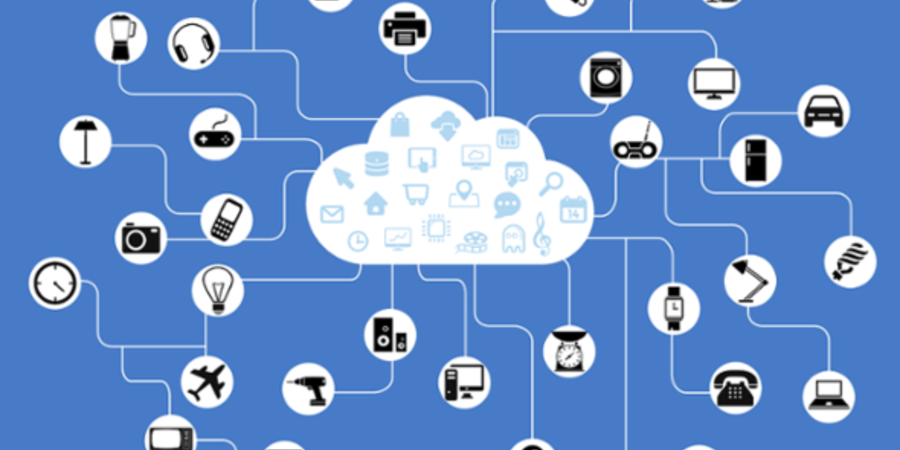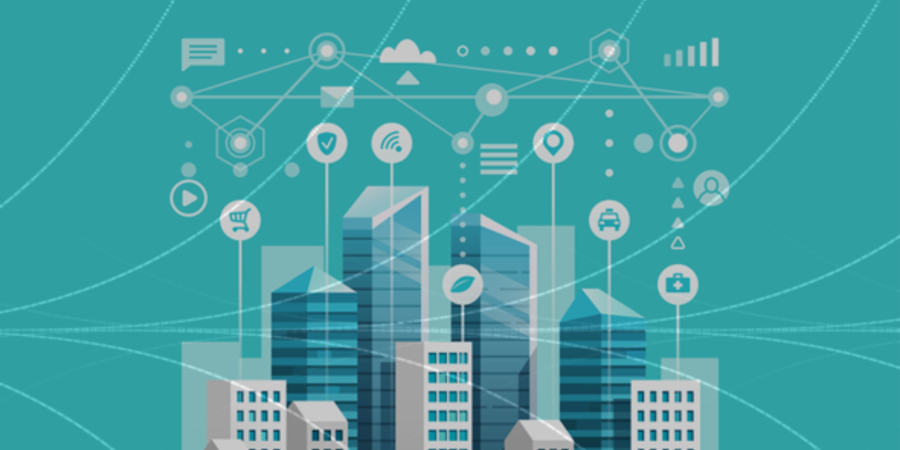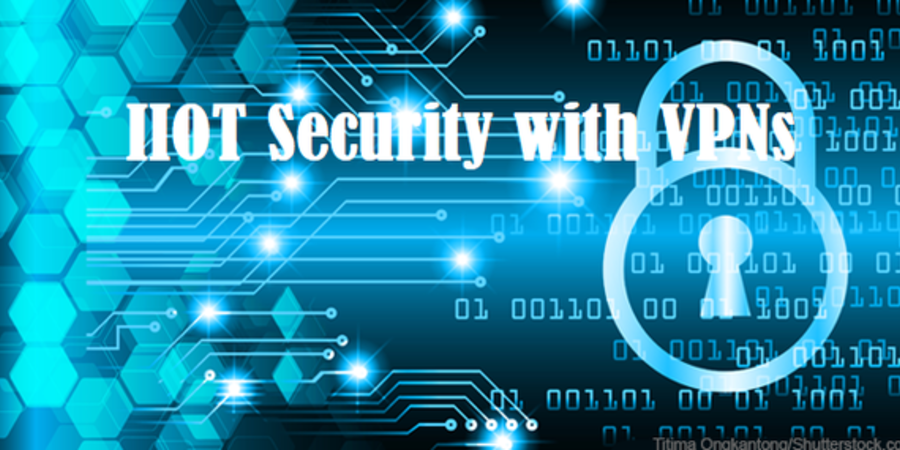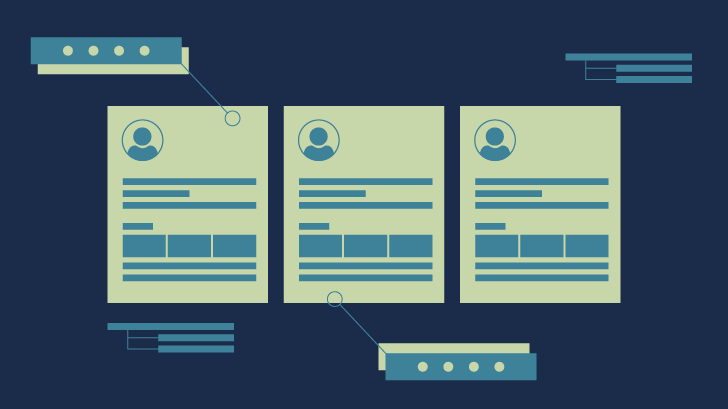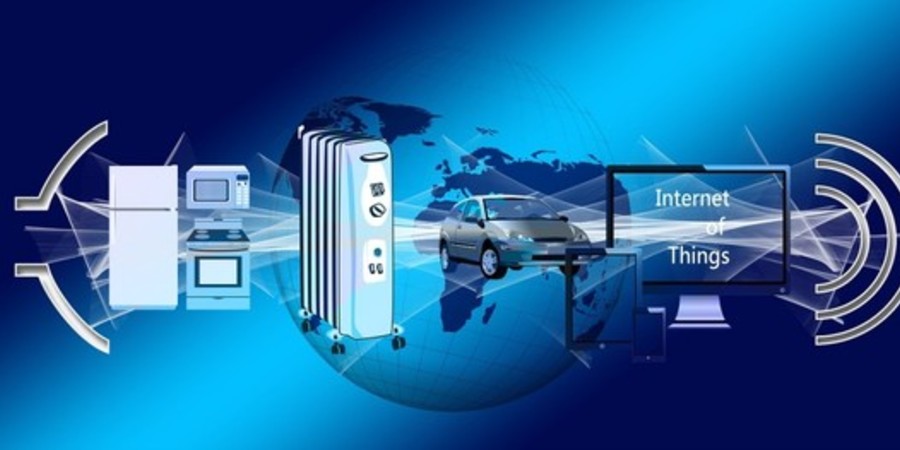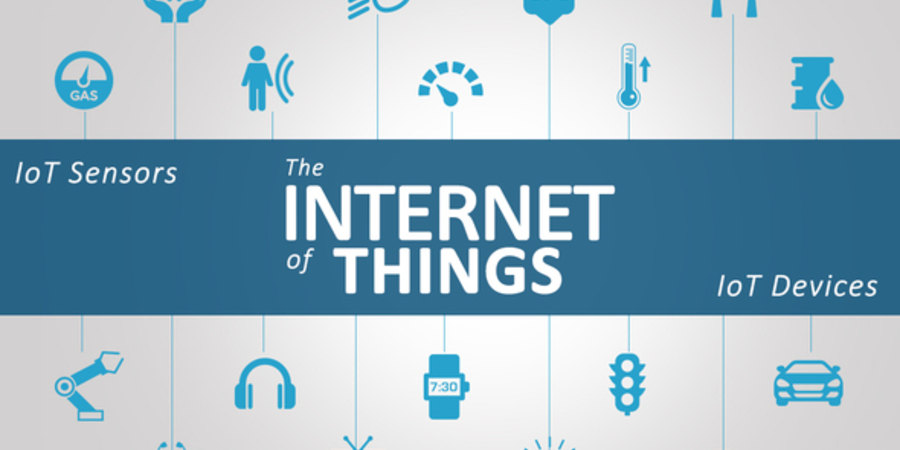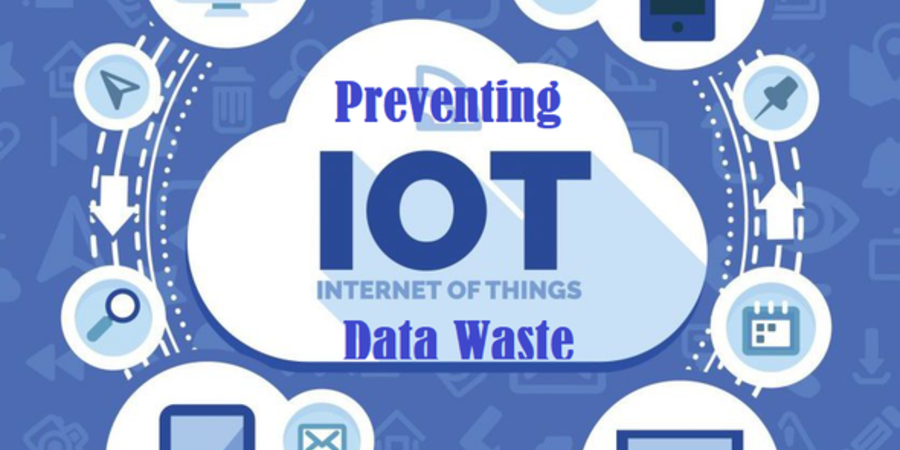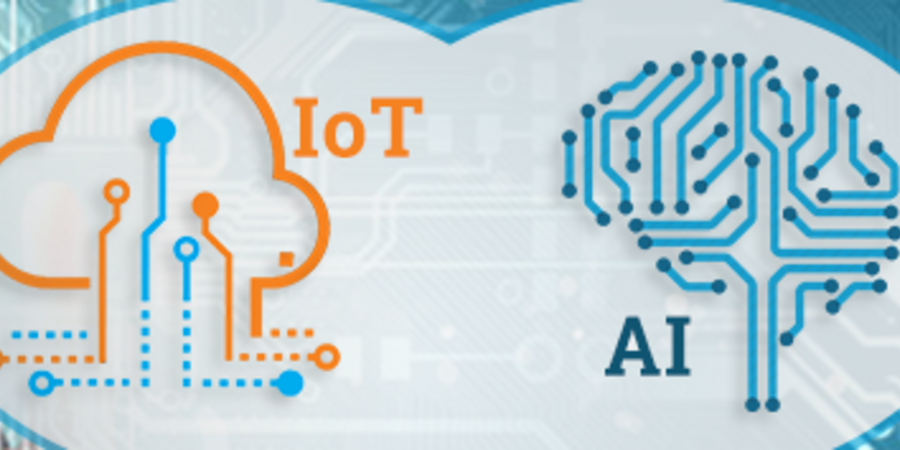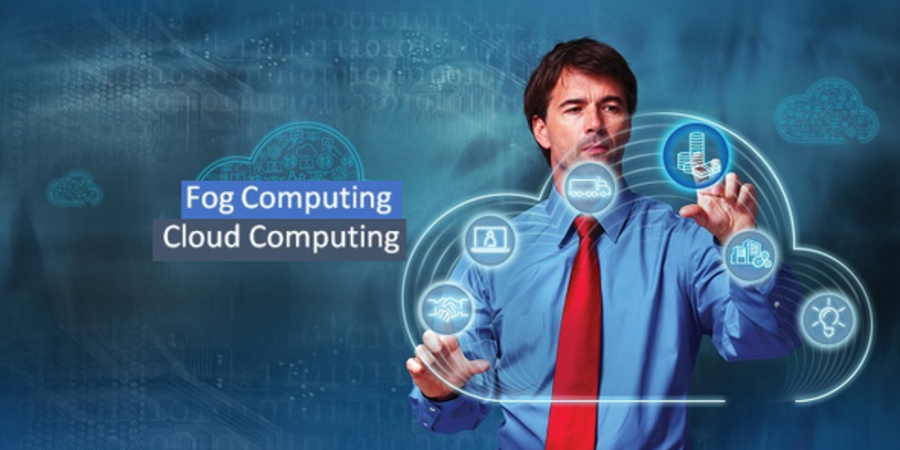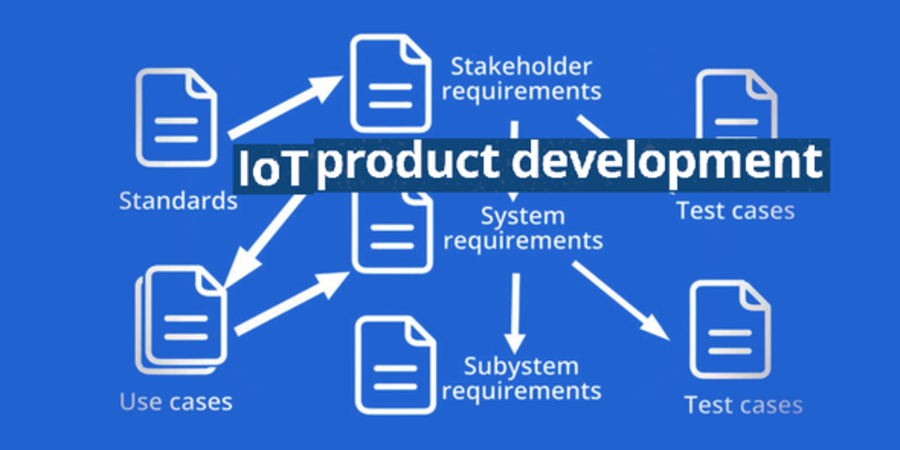We hear a lot about the Internet of Things, but what is the Internet of Data? When people talk about the “Internet of Data”, what they are referring to is the collection of data from edge devices and performing deep analysis of that data to gain insights. To truly enable the “Internet of Data”, machine learning and AI processing need to be moved directly to the edge. In order to do this companies need to look for solutions that can handle the entire data value chain directly on the edge and do not create throughput bottlenecks, but use a more democratized architecture.

